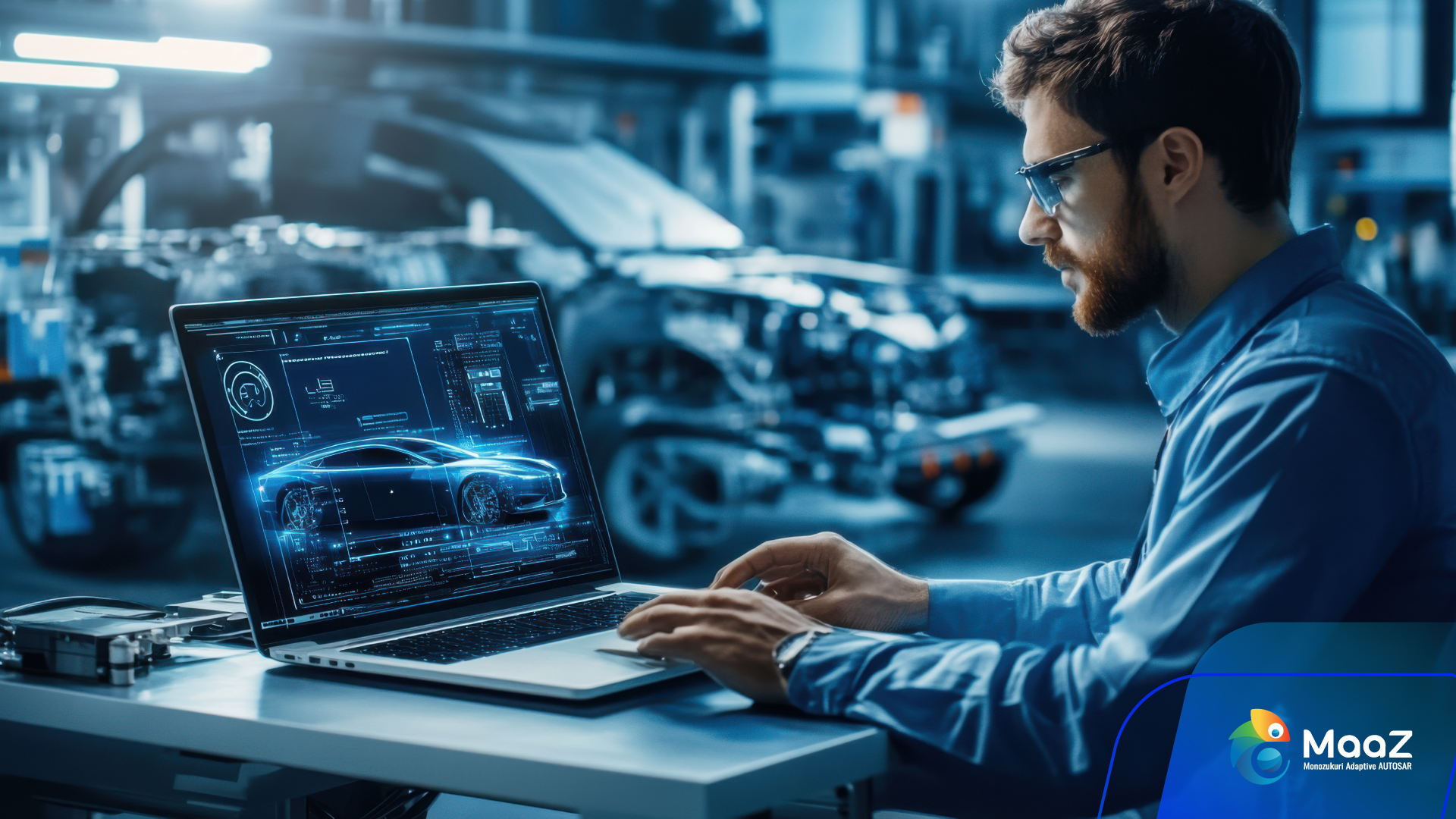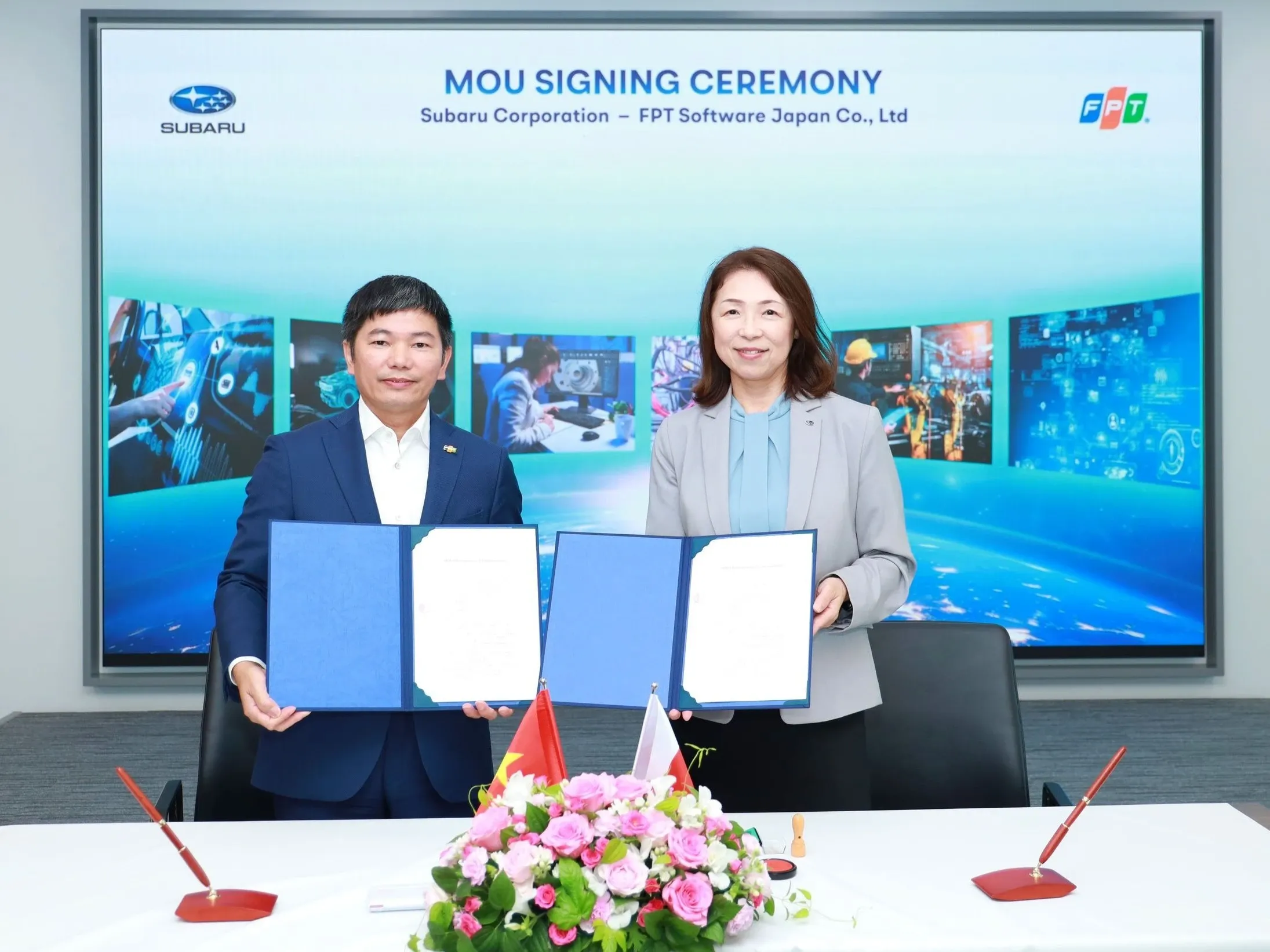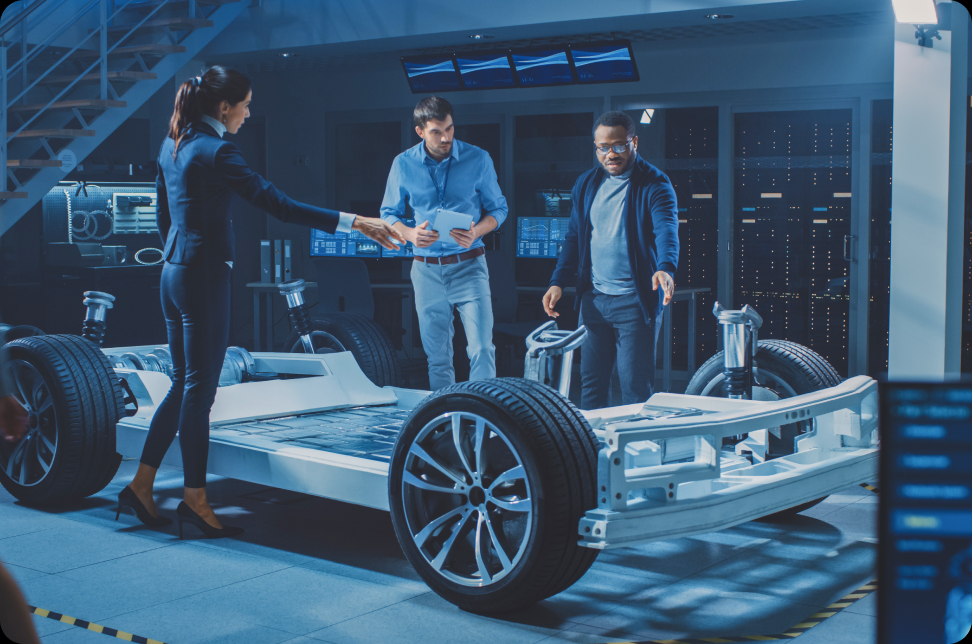

AUTOSAR Middleware Market Outlook
02-11-2023

<p class="MsoNormal" align="center" style="text-align: center;"><span style="font-weight: bolder;"><span style="font-size: 15.5pt; font-family: "Times New Roman", serif;"><font color="#ffffff">AUTOSAR Middleware Market Outlook</font></span></span></p><p class="MsoNormal"><span style="font-weight: bolder;"><span style="font-size: 11.5pt; font-family: "Times New Roman", serif;"><font color="#ffffff">Overview<o:p></o:p></font></span></span></p><p class="MsoNormal"><span style="font-family: "Times New Roman", serif;"><font color="#ffffff">With the rapidly increasing complexity and value of vehicle software, AUTOSAR empowers the automotive industry ready for a transition to software-defined vehicles. It is a standard and open system architecture which promotes standardization, reusability, and interoperability of software, and helps OEMs and Tier1s reduce many costs. The global AUTOSAR Middleware market is expected to expand at a CAGR of 13.7% in terms of value over the forecast period from 2022 to 2028.<o:p></o:p></font></span></p><p class="MsoNormal"><span style="font-family: "Times New Roman", serif;"><font color="#ffffff"> </font></span></p><p class="MsoNormal"><font color="#ffffff"><img src="https://imagemaaz2023.blob.core.windows.net/images/autosar-middleware-market-outlook-1.png" style="width: 1040px;"><br></font></p><p class="MsoNormal" align="center" style="text-align: center;"><span style="font-family: "Times New Roman", serif;"><font color="#ffffff">Figure 1: AUTOSAR Middleware Market, by Software, 2017~ 2028 (USD Million)<o:p></o:p></font></span></p><p class="MsoNormal"><span style="font-family: "Times New Roman", serif;"><font color="#ffffff"> </font></span></p><p class="MsoNormal"><span style="font-family: "Times New Roman", serif;"><font color="#ffffff"> </font></span></p><p class="MsoNormal"><span style="font-family: "Times New Roman", serif;"><font color="#ffffff"> </font></span></p><p class="MsoListParagraph" style="margin-left: 0.25in; text-indent: -0.25in;"><font color="#ffffff"><span style="font-weight: bolder;"><span style="font-family: "Times New Roman", serif;">①<span style="font-variant-numeric: normal; font-variant-east-asian: normal; font-variant-alternates: normal; font-kerning: auto; font-optical-sizing: auto; font-feature-settings: normal; font-variation-settings: normal; font-variant-position: normal; font-weight: normal; font-stretch: normal; font-size: 7pt; line-height: normal; font-family: "Times New Roman";"> </span></span></span><span style="font-weight: bolder;"><span style="font-family: "Times New Roman", serif;">Key Trends Analysis<o:p></o:p></span></span></font></p><p class="MsoListParagraph" style="margin-left: 0.25in; text-indent: -0.25in;"><font color="#ffffff"><span style="font-weight: bolder;"><span style="font-family: "Times New Roman", serif;">1.1<span style="font-variant-numeric: normal; font-variant-east-asian: normal; font-variant-alternates: normal; font-kerning: auto; font-optical-sizing: auto; font-feature-settings: normal; font-variation-settings: normal; font-variant-position: normal; font-weight: normal; font-stretch: normal; font-size: 7pt; line-height: normal; font-family: "Times New Roman";"> </span></span></span><span style="font-weight: bolder;"><span style="font-family: "Times New Roman", serif;">Type Trend_Growing demand of automated vehicles<o:p></o:p></span></span></font></p><p class="MsoNormal"><span style="font-family: "Times New Roman", serif;"><font color="#ffffff">Classic AUTOSAR and Adaptive AUTOSAR are intended to co-exist and work together to meet the<o:p></o:p></font></span></p><p class="MsoNormal"><span style="font-family: "Times New Roman", serif;"><font color="#ffffff">demands and challenges placed on the automotive industry. Adaptive AUTOSAR is not intended to<o:p></o:p></font></span></p><p class="MsoNormal"><span style="font-family: "Times New Roman", serif;"><font color="#ffffff">replace Classic AUTOSAR. As both the platforms cater to different problems, their co-existence gives a plethora of value-adds. Increased consumer demand for automated vehicles that offer improved comfort and convenience is one of the major trends expected to support the AUTOSAR middleware market.<o:p></o:p></font></span></p><p class="MsoListParagraph" style="margin-left: 0.25in; text-indent: -0.25in;"><font color="#ffffff"><span style="font-weight: bolder;"><span style="font-family: "Times New Roman", serif;">1.2<span style="font-variant-numeric: normal; font-variant-east-asian: normal; font-variant-alternates: normal; font-kerning: auto; font-optical-sizing: auto; font-feature-settings: normal; font-variation-settings: normal; font-variant-position: normal; font-weight: normal; font-stretch: normal; font-size: 7pt; line-height: normal; font-family: "Times New Roman";"> </span></span></span><span style="font-weight: bolder;"><span style="font-family: "Times New Roman", serif;">Technology Trend_ Surge in adoption of parallel processing<o:p></o:p></span></span></font></p><p class="MsoNormal"><span style="font-family: "Times New Roman", serif;"><font color="#ffffff">The Adaptive AS architecture in AUTOSAR is primarily based on C++ language, Service Oriented Architecture (SOA), and an inherent parallelism. AUTOSAR systems are often distributed systems. Multiple tasks can be carried out simultaneously in a distributed system. As a result, this is a multiprocessor system that supports both concurrent and parallel computing, with processing units present in each subsystem of the distributed system, often CPUs (but not always). AUTOSAR AP adapts C++ standard, along with the CPP Coding Guidelines to use the language with safety and security in mind. The C++ standard is incremental. Parallel processing helps in faster operation and improved outcome and is thus, expected to witness higher adoption in the coming years.<o:p></o:p></font></span></p><p class="MsoListParagraph" style="margin-left: 0.25in; text-indent: -0.25in;"><font color="#ffffff"><span style="font-weight: bolder;"><span style="font-family: "Times New Roman", serif;">1.3<span style="font-variant-numeric: normal; font-variant-east-asian: normal; font-variant-alternates: normal; font-kerning: auto; font-optical-sizing: auto; font-feature-settings: normal; font-variation-settings: normal; font-variant-position: normal; font-weight: normal; font-stretch: normal; font-size: 7pt; line-height: normal; font-family: "Times New Roman";"> </span></span></span><span style="font-weight: bolder;"><span style="font-family: "Times New Roman", serif;">Service Trend_ Growing need of AUTOSAR Services<o:p></o:p></span></span></font></p><p class="MsoNormal"><span style="font-family: "Times New Roman", serif;"><font color="#ffffff">The use of AUTOSAR services and solutions, which include migration strategy, implementation of standardized architectures, evaluation, and assessment, is growing in popularity in creating contemporary automotive products. The OEM's standardization efforts aim to lower costs and shorten lead times by using readily available well-tested modules.<o:p></o:p></font></span></p><p class="MsoListParagraph" style="margin-left: 0.25in; text-indent: -0.25in;"><font color="#ffffff"><span style="font-weight: bolder;"><span style="font-family: "Times New Roman", serif;">1.4<span style="font-variant-numeric: normal; font-variant-east-asian: normal; font-variant-alternates: normal; font-kerning: auto; font-optical-sizing: auto; font-feature-settings: normal; font-variation-settings: normal; font-variant-position: normal; font-weight: normal; font-stretch: normal; font-size: 7pt; line-height: normal; font-family: "Times New Roman";"> </span></span></span><span style="font-weight: bolder;"><span style="font-family: "Times New Roman", serif;">End-use Trend_ Emergence of autonomous vehicles<o:p></o:p></span></span></font></p><p class="MsoNormal"><span style="font-family: "Times New Roman", serif;"><font color="#ffffff">The evolution of autonomous vehicles is anticipated to revolutionize commuting, thereby contributing to the development of AUTOSAR technologies. Furthermore, it allows the implementation of innovative electronic systems, which can improve safety, environmental friendliness, and overall performance of the vehicle<o:p></o:p></font></span></p><p class="MsoNormal"><span style="font-family: "Times New Roman", serif;"><font color="#ffffff"> </font></span></p><p class="MsoListParagraph" style="margin-left: 0.25in; text-indent: -0.25in;"><font color="#ffffff"><span style="font-weight: bolder;"><span style="font-family: "Times New Roman", serif;">②<span style="font-variant-numeric: normal; font-variant-east-asian: normal; font-variant-alternates: normal; font-kerning: auto; font-optical-sizing: auto; font-feature-settings: normal; font-variation-settings: normal; font-variant-position: normal; font-weight: normal; font-stretch: normal; font-size: 7pt; line-height: normal; font-family: "Times New Roman";"> </span></span></span><span style="font-weight: bolder;"><span style="font-family: "Times New Roman", serif;">Market Opportunities<o:p></o:p></span></span></font></p><p class="MsoNormal"><span style="font-family: "Times New Roman", serif;"><font color="#ffffff">2.1<span style="font-weight: bolder;"> Rising Opportunity in the Wave of Software-Defined Vehicles</span><o:p></o:p></font></span></p><p class="MsoNormal"><span style="font-family: "Times New Roman", serif;"><font color="#ffffff">As the auto industry continues to be dominated by software, it is expected to follow other industries' trends. For instance, numerous operating systems were available when PCs were first introduced. However, the emphasis shifted from the hardware to the applications as they advanced in complexity. This caused the number to be reduced to three (macOS, Windows, Linux). Like this, automakers are attempting to divide the supply chain by using one group of suppliers for software, including middleware, and another group for hardware, which they will then either integrate themselves or via a third party. AUTOSAR enables the automotive industry chain to adapt quickly to software-defined vehicles in the megatrend of software-defined vehicles as automotive software grows more complex and single automotive software value rises. In addition, AUTOSAR helps OEMs and Tier1s minimize costs by enabling software standardization, reusability, and connectivity. The security control architecture that uses layered design and allows for decoupling the application layer from the fundamental software layer corresponds to AUTOSAR Classic. However, the central computing platform emerges as a development trend as E/E architectures advance, more domain controllers are employed, and merely AUTOSAR Classic is insufficient to satisfy market demands. As a result, AUTOSAR Adaptive is developed and becomes a crucial component of the new E/E designs. 23 new features are planned for the upcoming release of AUTOSAR Adaptive, including improved communication between AUTOSAR Classic and AUTOSAR Adaptive and an improvement in Security and Safety. The official definition states that AUTOSAR Adaptive supports all upcoming car APPs, including ADAS, IVI, V2X, and multi-sensor fusion. Many automakers, component suppliers, and software providers, among others, use AUTOSAR as a common option for next-generation automotive basic software architectures<o:p></o:p></font></span></p><p class="MsoNormal"><span style="font-family: "Times New Roman", serif;"><font color="#ffffff"> </font></span></p><p class="MsoNormal"><span style="font-weight: bolder;"><span style="font-family: "Times New Roman", serif;"><font color="#ffffff">2.2 Convergence of Electronic Control Units to Open Up New Market<o:p></o:p></font></span></span></p><p class="MsoNormal"><span style="font-family: "Times New Roman", serif;"><font color="#ffffff">ECUs in an automobile is in charge of managing the electrical subsystems. Simple ECUs that move passenger seats electrically is one example, as are more complex ECUs like those in charge of maintaining optimal engine performance based on data from numerous sensors. The next step in the evolution of ECUs is DCUs which combine the functionality of various ECUs into a single, more affordable device. The term "ECU" or "DCU" in this sense refers not just to an integrated circuit but also to the entire "box," which may include the printed circuit board or input/output (I/O) connectors. It is anticipated that the combined ECU/DCU market will increase exponentially, favorably affecting the AUTOSAR middleware market. The quantity and distribution of ECUs/DCUs within each vehicle domain, ECU/DCU ASPs, and changes in vehicle manufacturing are the three main causes of this expansion. The first is an increase in vehicle production, and the second is a decrease in ECU/DCU ASPs due to increased production efficiency. Third, there is a shift toward more expensive ECUs and DCUs that is mainly driven by ACES trends. Consolidation into DCUs can also help OEMs save money by using less expensive components (e.g., power supply). The foundation for new E/E architectures is AUTOSAR Adaptive. Highperformance domain controllers (DCUs) and vehicle computers (VCs) play a key role in intelligent, highly automated cars. Due to the need for strong security procedures under these circumstances, AUTOSAR Adaptive has a variety of security capabilities implemented into it in the current date<o:p></o:p></font></span></p><p class="MsoNormal"><span style="font-family: "Times New Roman", serif;"><font color="#ffffff"> </font></span></p><p class="MsoNormal"><span style="font-family: "Times New Roman", serif;"><font color="#ffffff"> </font></span></p><p class="MsoNormal"><span style="font-weight: bolder;"><span style="font-family: "Times New Roman", serif;"><font color="#ffffff">3. Market Challenge<o:p></o:p></font></span></span></p><p class="MsoNormal"><span style="font-weight: bolder;"><span style="font-family: "Times New Roman", serif;"><font color="#ffffff">3.1 Over The Air (OTA) Serviceability Challenges Market Growth<o:p></o:p></font></span></span></p><p class="MsoNormal"><span style="font-family: "Times New Roman", serif;"><font color="#ffffff">The use of software to achieve new functions in vehicle development is widespread. Existing vehicles are progressively retrofitted with the most recent features, such as those related to fully automated driving. Simultaneously, as function modules are reloaded, software structures become more efficient. The vehicle's software should be continuously enhanced, adapted to new security requirements, or coupled with existing functionalities to the backend during its life. These issues enhance the importance of "over-the-air" (OTA) software updates. The new Adaptive AUTOSAR software platform specifies the basic functionalities and limits access to the necessary system attributes for this purpose. As with other businesses, future changes will have to be done "over the air." Connecting vehicles to the internet and networking the components can provide preconditions for such update methods. On the other hand, the work of updating vital vehicle operations places great expectations on the security and dependability of the methods employed to accomplish this.<o:p></o:p></font></span></p><p class="MsoNormal"><span style="font-family: "Times New Roman", serif;"><font color="#ffffff"> </font></span></p><p class="MsoNormal"><span style="font-family: "Times New Roman", serif;"><font color="#ffffff">Software in next-generation connected cars is becoming increasingly complicated, from infotainment to safety-critical systems. However, with growing complexity and connectivity comes an increased risk of new software flaws, security breaches, and intellectual property theft. Keeping this software current, safe, and secure is a massive and growing task for the automotive industry. To overcome this issue, automakers increasingly rely on Over-The-Air (OTA) update technology to manage software in both the pre-and post-production stages of vehicle manufacture. Urgent security patches, bug fixes, and feature updates can be supplied securely and cost-effectively throughout the life of a vehicle. Choosing an OTA solution that adheres to open standards such as AUTOSAR (Automotive Open Systems Architecture) will become increasingly vital for automakers to accelerate development while assuring adherence to safety and security regulations, as well as other established platforms.<o:p></o:p></font></span></p><p class="MsoNormal"><span style="font-family: "Times New Roman", serif;"><font color="#ffffff"> </font></span></p><p class="MsoNormal"><span style="font-family: "Times New Roman", serif;"><font color="#ffffff">Many consumer electronics gadgets now include Over-The-Air (OTA) software upgrades. Apps for smartphones and tablets receive updates on a daily basis. Applications and device firmware can thus be regularly and easily updated directly by the end user. In the automotive industry, "over-the-air" software upgrades have previously been done in some circumstances. However, the functionality is usually limited to specific ECUs or components of the vehicle software. The demand for software upgrades is increasing due to the increasing complexity of vehicle software and its necessity for functionality - even for safety-relevant applications/functions. An ideal implementation is quite tricky because modern automobiles can have more than 100 ECUs. Update campaigns, which include update packages for all impacted ECUs, are required to update vehicle functionality spread over several ECUs. This may result in occasionally difficult update conditions for the car. The updating operations must function flawlessly, automatically, and without human intervention. Always make sure that the vehicle can be brought back to working order in the event of an error, even if that means totally reverting to an earlier software version.<o:p></o:p></font></span></p><p class="MsoNormal"><span style="font-family: "Times New Roman", serif;"><font color="#ffffff"> </font></span></p><p class="MsoNormal" align="center" style="text-align: center;"></p><p class="MsoNormal"><span style="font-weight: bolder;"><span style="font-family: "Times New Roman", serif;"><font color="#ffffff">Reference Source</font></span></span><span style="font-family: "Times New Roman", serif;"><font color="#ffffff">: A2Z Market Research</font></span></p>





